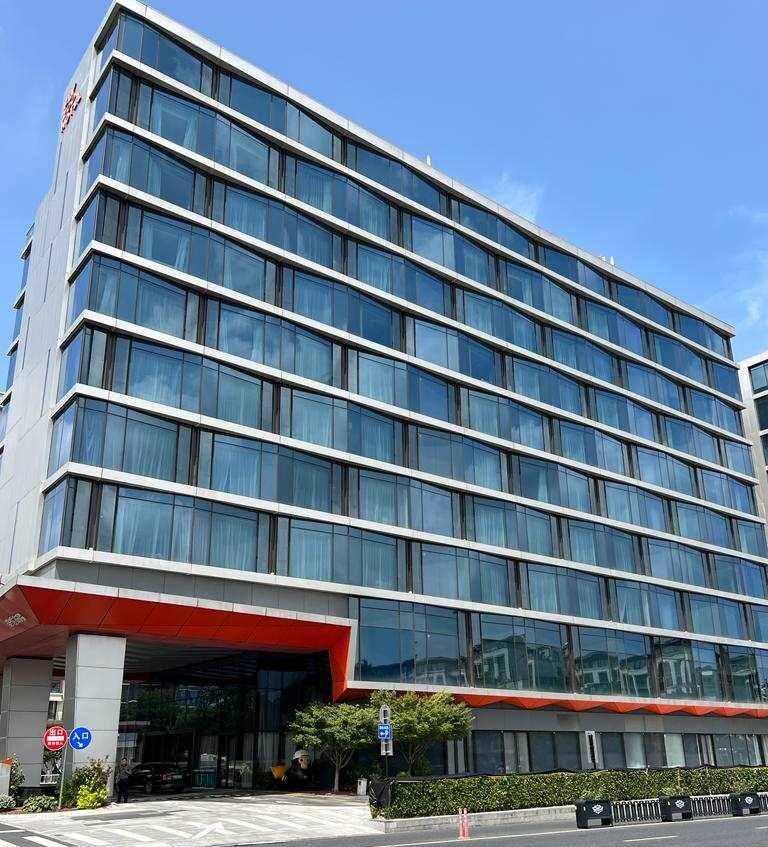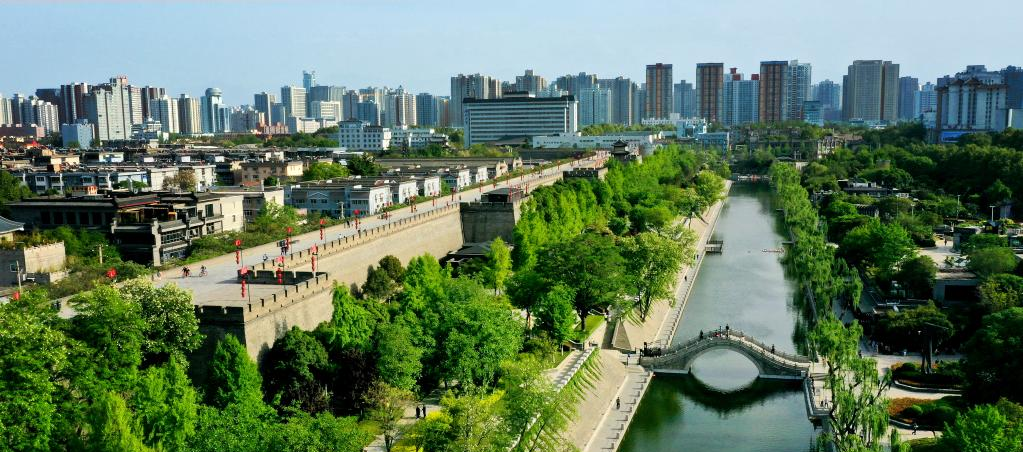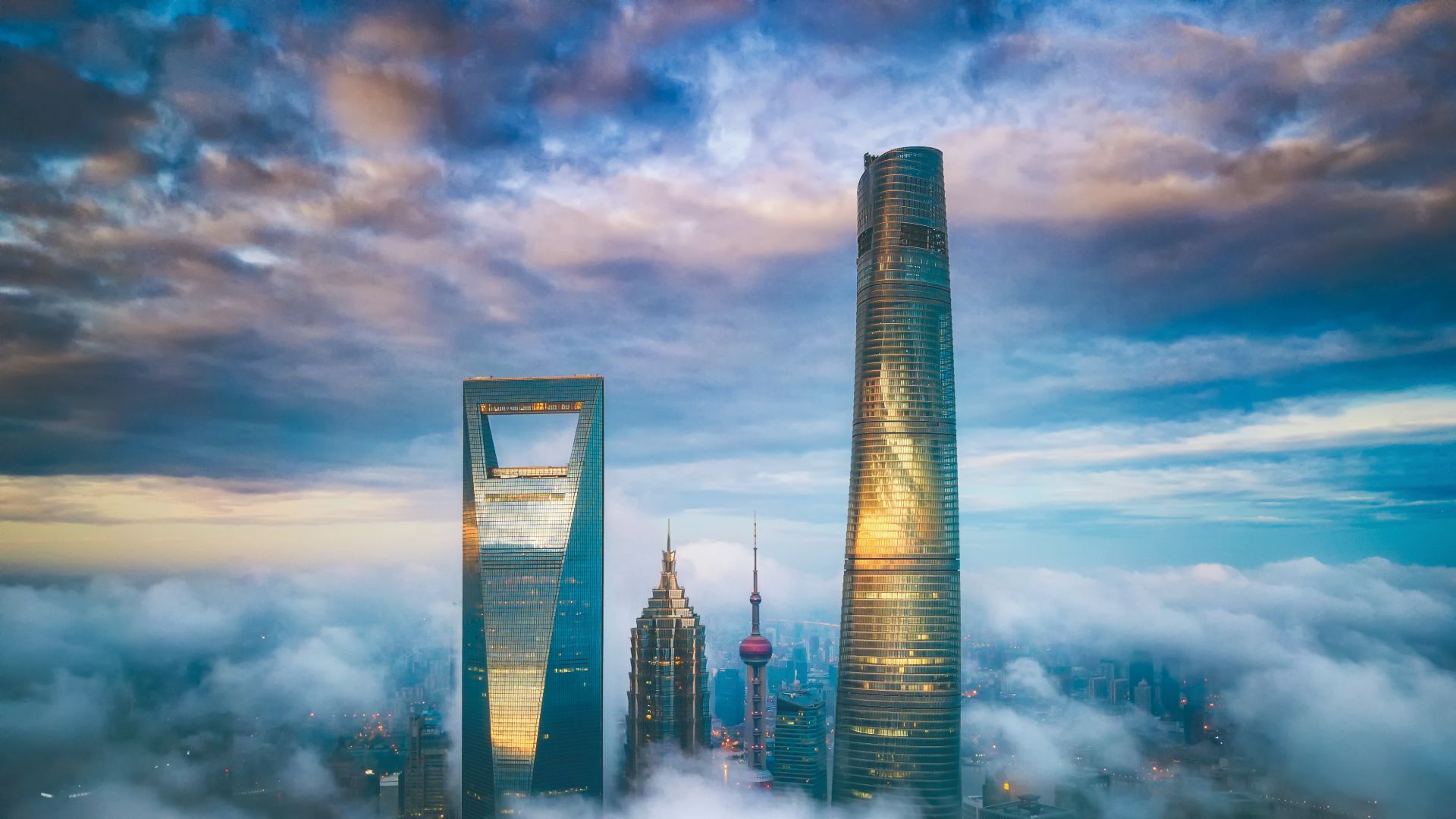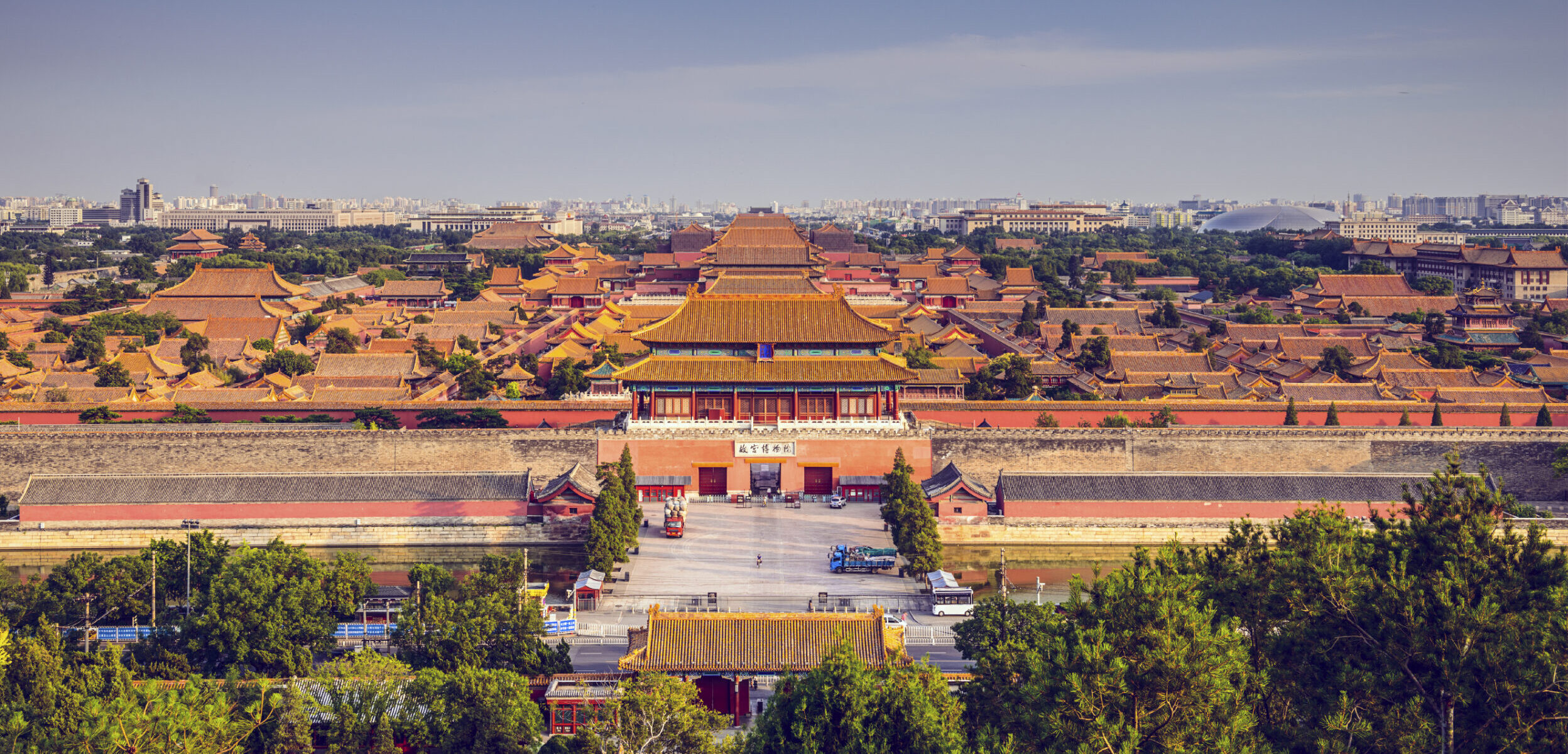At Imperial Tours we utilise a wide range of touring vehicles depending on the location, size of your group, or specific needs of the guests. We work only with suppliers that fulfil our stringent vetting process, and ensure that all vehicles are fully insured and licensed for tourism purposes. Vehicles are generally on the newer side of the age spectrum, with safety and comfort being our top priorities.
Vehicle Size
By default, » Read more »
» Read more »A well-known Brazilian agent told me about the futuristic Flyzoo Hotel soon after it opened in 2019. As it turned out, I was unable to visit this 290 Room 4-star hotel packed with the latest hotel technology until a month ago, after Covid had passed. I had ventured to Hangzhou, the hometown of Jack Ma, the business genius who in the late nineties launched Alibaba, now a golgothan Chinese B2B company that helps many importers around the world connect with exporting Chinese factories. » Read more »
» Read more »In May 2023, during my first visit to China after the pandemic, I was astonished by the development of Xi’an. “How Has Covid Changed China” chronicles the transformation of this previously unkempt city into a more modern metropolis of gleaming towers and high-tech zones interconnected by elevated expressways, metro lines and buses set on a canopy of lake-centred parks and green spaces. It was like time-traveling from 1980 to 2025 in the space of four years. » Read more »
» Read more »The glittering J Hotel, housed atop China’s tallest building, The Shanghai Center, the third tallest in the world, curvaceously soars 128 floors over the world’s most stunningly glorious futuristic cityscape in an opulently Las Vegas-inspired flight of fancy. With a Shanghainese restaurant on the 120th floor, it’s currently the world’s highest hotel. Indeed, it’s a hotel of China luxury travel superlatives, whether you count the tiles of the Italian mosaic walls in its presidential Shanghai Suite, » Read more »
» Read more »The reopening of international travel to China in March 2023 has introduced visitors to changes in rules for accessing Tiananmen Square and for buying tickets to the Forbidden City in Beijing. If you are working without the help of a luxury tour operator such as Imperial Tours, which can organize these tickets as part of an custom package, but want to organize these activities for yourself, the instructions below detail how to do it.
To Access Tiananmen Square (Without Visiting The Forbidden City)
As of 2021, » Read more »
» Read more »



